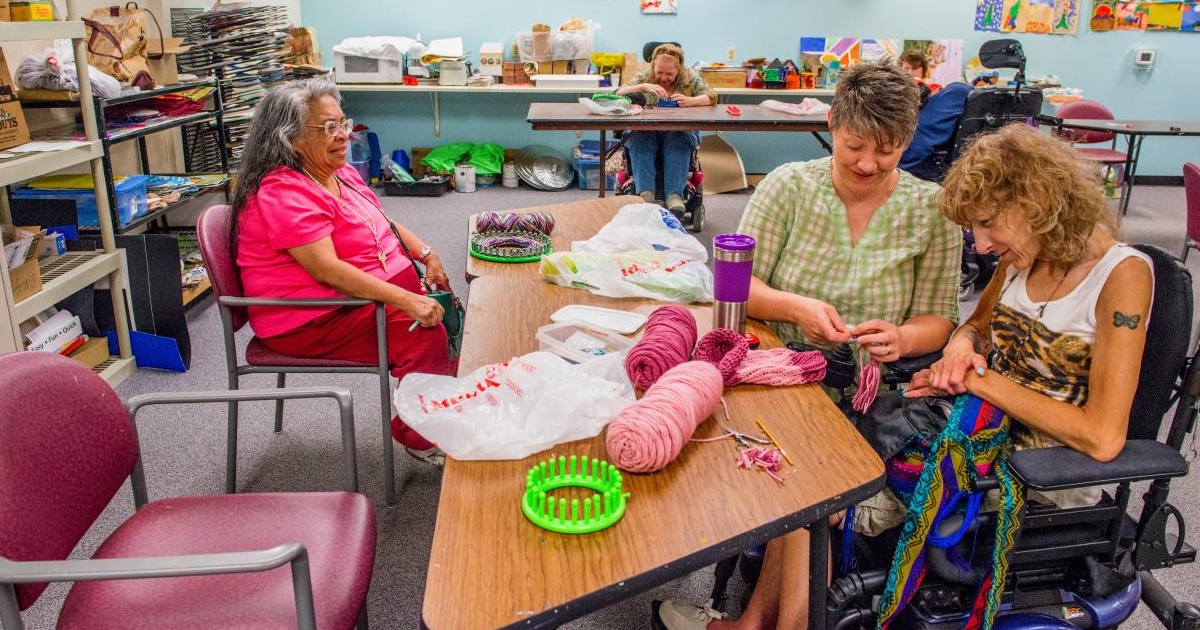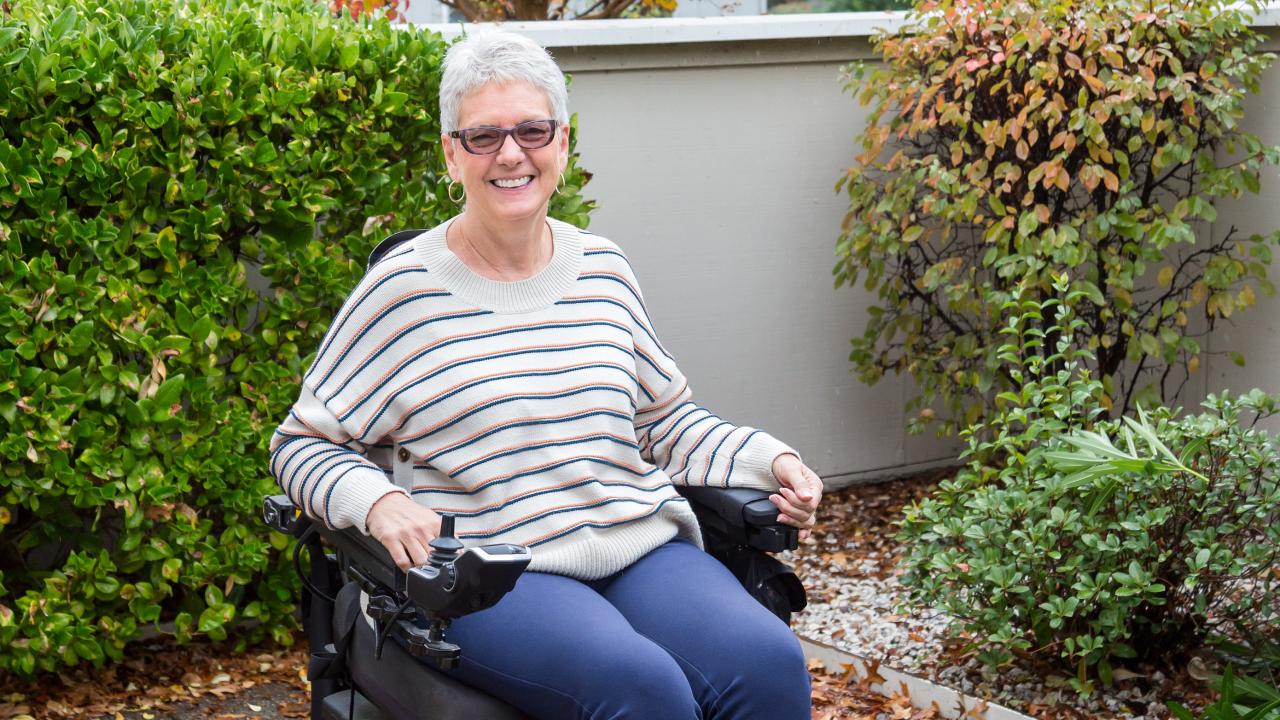A disorder caused by injuries to the brain, cerebral palsy occurs in every two to four out of 1,000 births in the United States and Europe, according to the Mayo Clinic's website. The brain injuries that cause cerebral palsy can happen while the child is still in the womb and up to age two.
Certain children are at risk for cerebral palsy. The Mayo Clinic's website says that children born with a birth weight of below 5.5 pounds, or children born before the 37th week of pregnancy have an increased risk of cerebral palsy. The risk is higher in cases of multiple births, especially if one of more of the fetuses die. Being in a breech position at the beginning of labor is also a risk factor. If the mother is exposed to a toxin like mercury during the pregnancy, the child may be at risk.
The severity of cerebral palsy symptoms vary per patients. For example, some patients may have mild symptoms, while other patients have severe symptoms. Five types of cerebral palsy exist: dyskinetic, ataxic, spastic, hypotonic and mixed cerebral palsy. The National Institutes of Health (NIH) notes that spastic cerebral palsy is the most common type of the disorder, with symptoms including tight muscles and joints, abnormal gait and muscle weakness. These muscular problems can affect one limb, one side of the body, both legs or all of the limbs.
Cerebral palsy can affect other parts of the body. For example, patients may have seizures. Tremors, speech problems and irregular breathing can also occur with the disorder. The NIH notes that learning disabilities may occur in some patients, though intelligence may be normal in other patients.
The Mayo Clinic's website says that cerebral palsy is not curable. The treatment for cerebral palsy focuses on preventing complications and helping patients function. The NIH explains that cerebral palsy treatment tends to be a team approach, which includes occupational, speech and physical therapists; social workers; nurses and primary care doctor; dentists; and specialists, such as a neurologist.
A new study found that cell transplantation may help patients with cerebral palsy. HealthDay News reports that the cells that researchers focused on are olfactory ensheathing cells (OECs), which may potentially repair central nervous system (CNS) damage. The OECs are located in the nose. The researchers in this study implanted OECs in the frontal lobes (the front-most part of the brain) of 35 patients with cerebral palsy, with 14 of the participants completing the study. The results showed that this cell implantation could improve function without serious side effects.
This discovery can help patients with cerebral palsy, as well as people with other CNS disorders. HealthDay News notes that OEC implantation may help patients with multiple sclerosis, amyotrophic lateral sclerosis and spinal cord injury.






Add a CommentComments
There are no comments yet. Be the first one and get the conversation started!